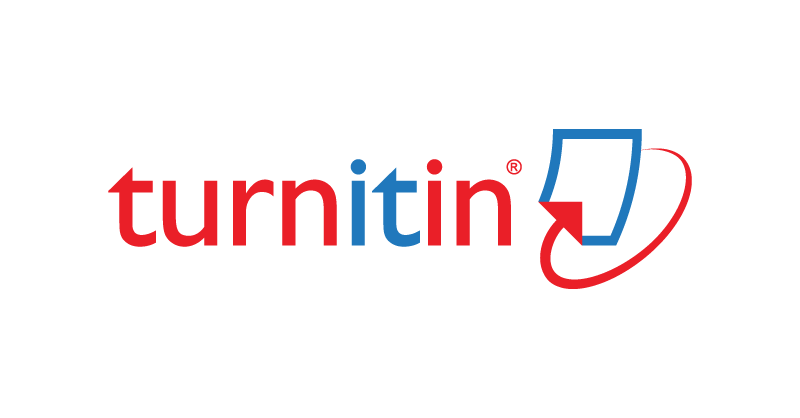Implementation of Text Mining System Development: A Case Study in Telecommunication Industry
DOI:
https://doi.org/10.32734/jsti.v24i1.7526Keywords:
Big Data, Text Mining, Sentiment Analysis, Naïve Bayes ClassifierAbstract
In today's internet age along with the advancement of web technology and its growth, large amounts of data today can be used and utilized to analyze and win the market. Social networking sites such as Twitter are quickly able to get neutral, positive and negative customer opinions and discussions using sentiment analysis methods. In this study the process of classifying sentiments using the Naïve Bayes Classifier method. This method approach provides digital-based surveys and comparative analysis such as machine learning and lexicon-based approaches. The results obtained from research based on data mining surveys there are five main complaints that are the main focus of telecommunications service companies, namely network, convenience, price, internet and services. Sentiment analysis based on test results showed the highest polarity of opinion was in the network at 60.07% and the lowest comfort with a value of 36.63%. The higher the polarity value, the higher the company's chances of making further improvements. The results showed that the development of big data mining systems helped companies to more accurately and effectively meet customer needs and classify sentiment towards products that have been launched.
Downloads
References
S. J. Ramos, “Detecting Indicators for Startup Business Success: Sentiment Analysis Using Text Data Mining,†International Journal of Sustainability, vol. 11, no. 917, pp.1–14. 2019.
S.W. Cho, “Investigating Temporal and Spatial Trend Brand Images Using Twitter Opinion Mining,†International Information Science and Applications, vol. 10, no. 1109, pp.1–10. 2014.
V. A. Kharde, “Sentiment Analysis of Twitter Data: A Survey of Techniques,†International Journal of Computer Applications, vol. 139, no. 11, pp.1–11. 2016.
J. Jin, “Understanding Big Consumer Opinion Data for Market-Driven Product Design,†International Journal of Production Research, vol. 54, no. 10, pp.3019–3041. 2016.
H. Nguyen, “A Data Driven Study Influences in Twitter,†International Journal of Communications, vol. 10, no. 1109, pp.1–12. 2014.
B. Liu, Web Crawling in Web Data Mining: Exploring Hyperlinks, Content, and Usage Data. New York: Springer, 2011. [Online] Available: Springer e-book.
S. Kopera. “Interdisciplinarity in Tech Startups Development–Case Study of Uni Startup Project Sentiment Analysis Using Text Data Mining,†International Journal of Foundation Management, vol. 10, no. 2478, pp.23–32. 2018.
J.R. Saura. “Do Online Comments Affect Environmental Management Identifying Factors Related to Environmental Management and Sustainability of Hotels,†International Sustainability Journal, vol. 9, no. 3016, pp.1–21. 2018.
L. Nailiang. “Identification of Key Customer Requirement Based on Online Reviews,†Journal of Intelligent and Fuzzy System, vol. 39, no. 3, pp.3957–3970. 2020.
F.M. Javed. “An Effective Implementation of Web Crawling Technology to Retrieve Data from The World Wide Web,†International Journal of Scientific and Technology Research, vol. 9, no. 1, pp.1252–1257. 2020.
L. Xiangdong. “A Computer Aided Approach for Acquisition and Importance Ranking of Customer Requirement from The Online Comment Mining,†International Computer Aided Journal, vol. 19, no. 1, pp.132–151.2021.
S. Siddiqi. “Keyword and Keyphrase Extraction Techniques: A Literature Review,†International Journal of Computer Applications, vol. 109, no. 2, pp.1–7. 2015.
Downloads
Published
How to Cite
Issue
Section
License
Copyright (c) 2022 Jurnal Sistem Teknik Industri

This work is licensed under a Creative Commons Attribution-ShareAlike 4.0 International License.
The Authors submitting a manuscript do so on the understanding that if accepted for publication, the copyright of the article shall be assigned to TALENTA Publisher Universitas Sumatera Utara as the publisher of the journal.
Copyright encompasses the rights to reproduce and deliver the article in all forms and media. The reproduction of any part of this journal, its storage in databases, and its transmission by any form or medium will be allowed.



















